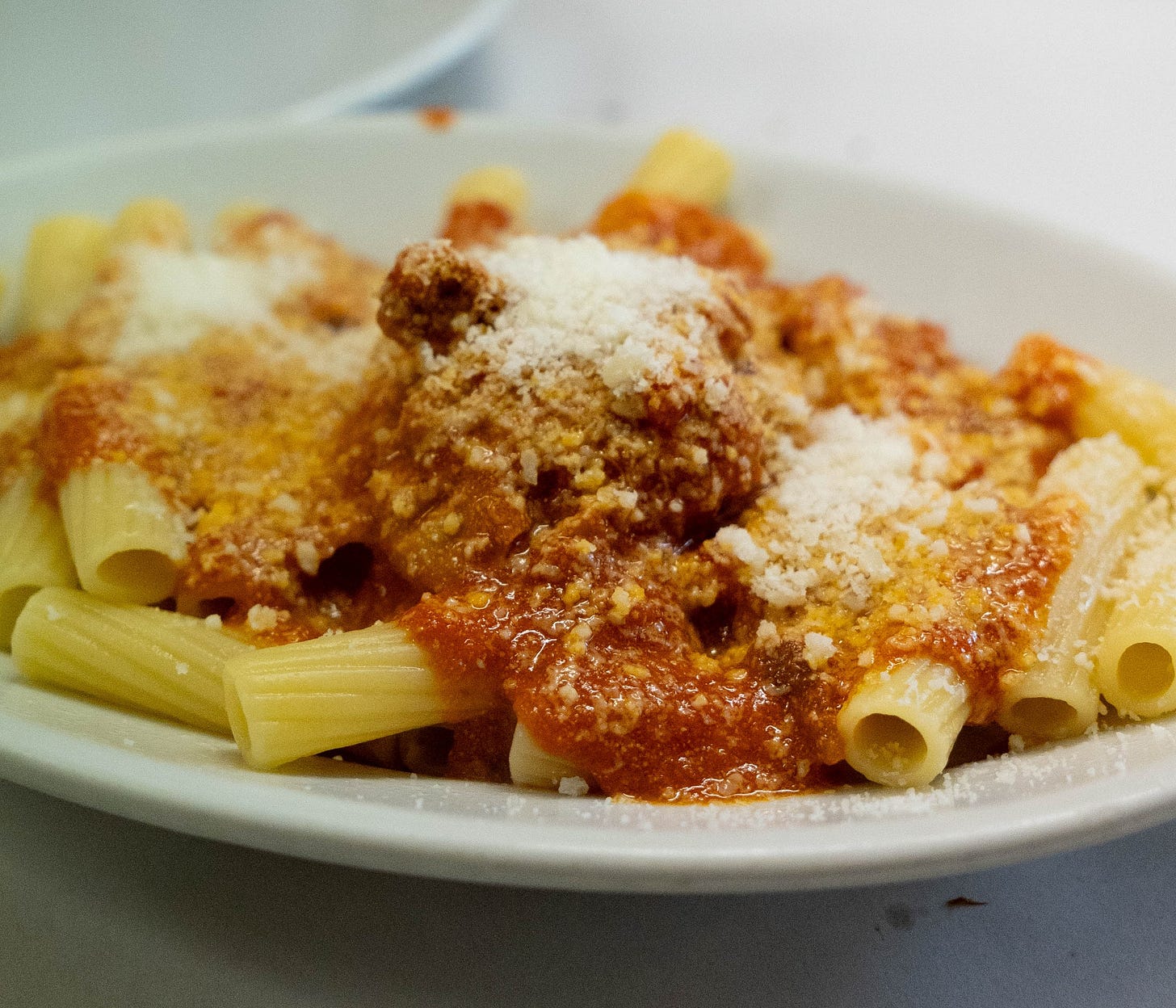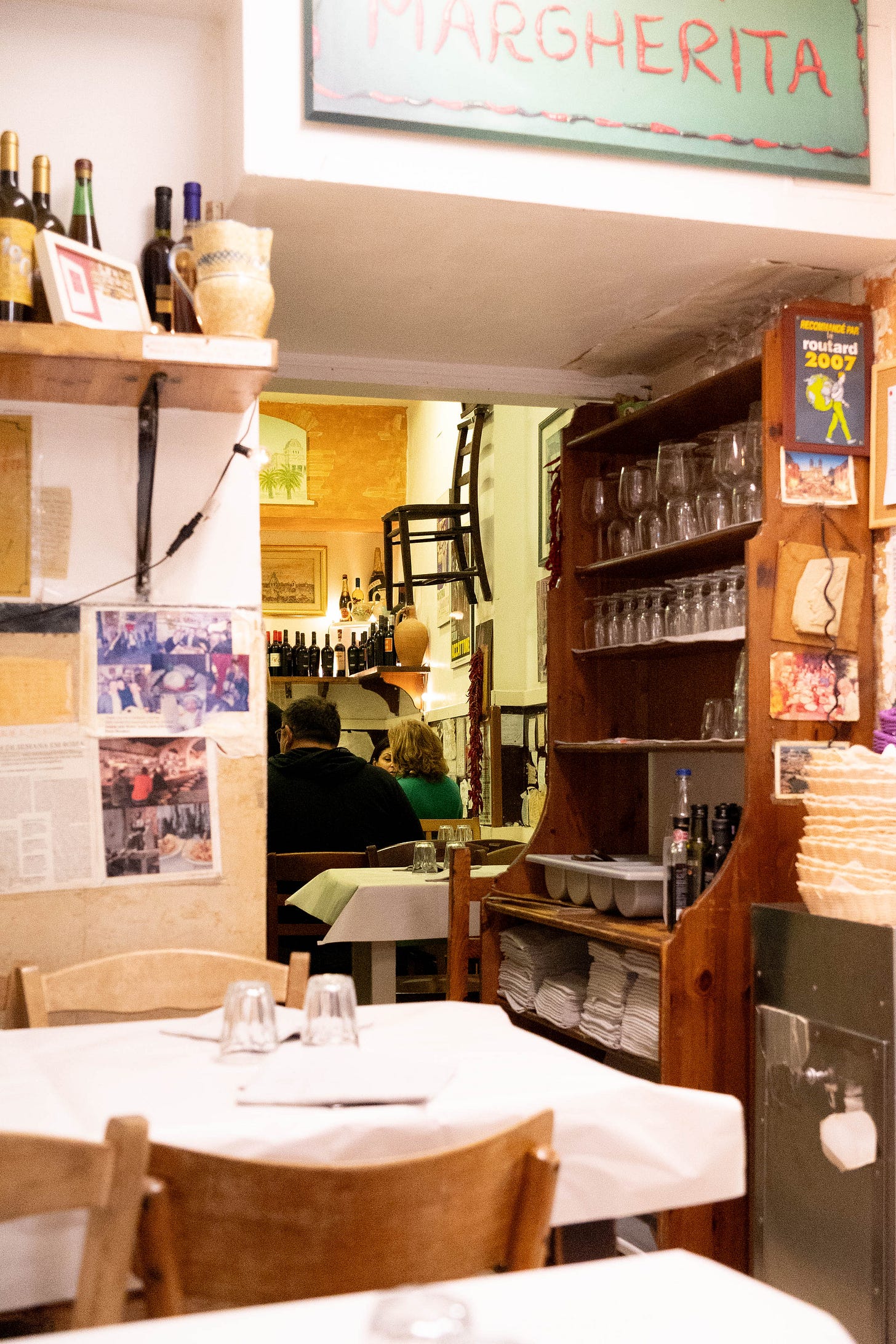When in Rome...eat like the Romans do.
My (mostly) foodie guide to the Eternal City. A friendly advice? Pack a Gaviscon... or two.
Please note: this article is long and contains many photos, so it may appear truncated in your email app. If that happens, view it your browser!
My personal connection to Rome
I have been to the Capital somewhere between 6 and 9 times. The exact number eludes me, as have –until now– all the main tourist attractions the city has to offer: I have never been inside the Colosseum, nor have I visited the uber-famous Cappella Sistina and the Musei Vaticani. Sorry, I’m no use to you on that front.
But I know a place or two when it comes to eating in Rome. My relationship with this city started when one of my best, childhood friends moved to Rome. She lived in Rome for almost two decades (she has since relocated to Lisbon), and I would go to visit her on our way to Puglia, where her family has a summer house. In my early twenties, I very briefly dated a Roman guy (He was lovely, but I quickly realised we were better of as friends, and the whole thing lasted a couple of months). In recent years, my husband Joe and I would always quickly touch-base in Rome on our way to Umbria and Tuscany. All of this is to say, each one of my visits to Rome has been fleeting – no more than a couple of days. Not enough for some proper in-depth tourism, but certainly enough to stuff my face with the local delicacies.
This is how, through the years, I have collected a list of spots – suggested by my friend, locals, or other resources I have painstakingly researched. Because there is only one crime worse than leaving Rome without seeing the Sistine Chappel, and that is leaving without having tried the best Carciofo alla Giudia, or a fresh Puntarelle Salad.
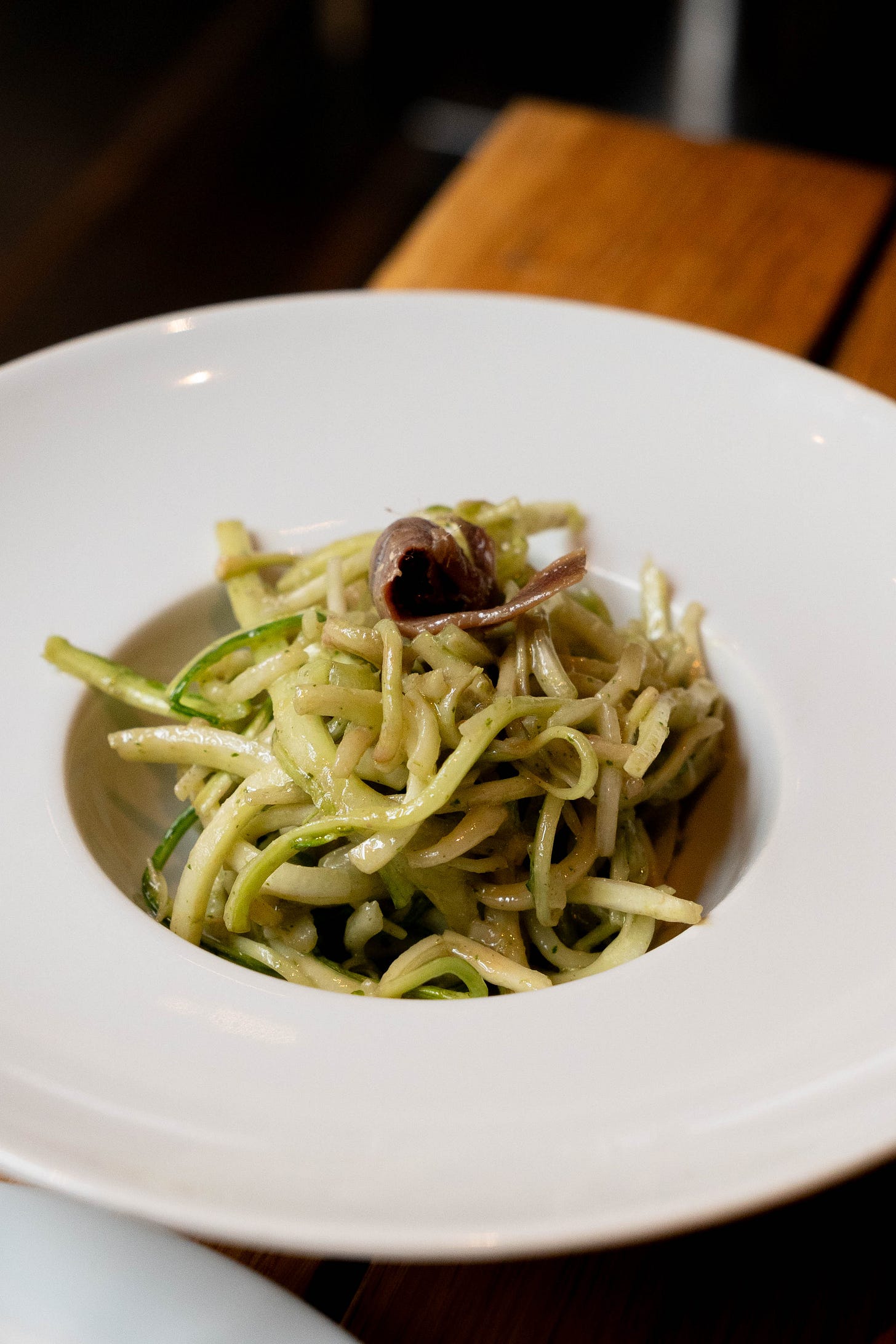
What to expect
Although this is mainly a food guide, I will also give you some pointers as to where to sleep, and a couple of unmissable sightseeing spots. As with all my guides, I’ll be sharing the link to my uber-organised Google map at the end of the article, to make your next trip to Rome a breeze! I spend hours putting these maps together: all attractions are colour-coded and neatly divided into categories (food, sightseeing, sleep and shopping) and I add useful notes and the pictures I have taken.
Dishes to look out for
Before I delve into my address book of restaurants, here is a list of Roman delicacies you must absolutely try:
Carciofi alla Romana
Romans have a love affair with Artichokes, so much so that they have not one, but two very famous ways to prepare them. This version is very simple, and consists of pan-frying them with garlic.Carciofi alla Giudia
This version consists of deep-frying the artichoke, and it is one of the cornerstones of Roman Jewish cuisine (a culinary tradition that’s deeply rooted in the city). If you can, order both to compare the two flavours!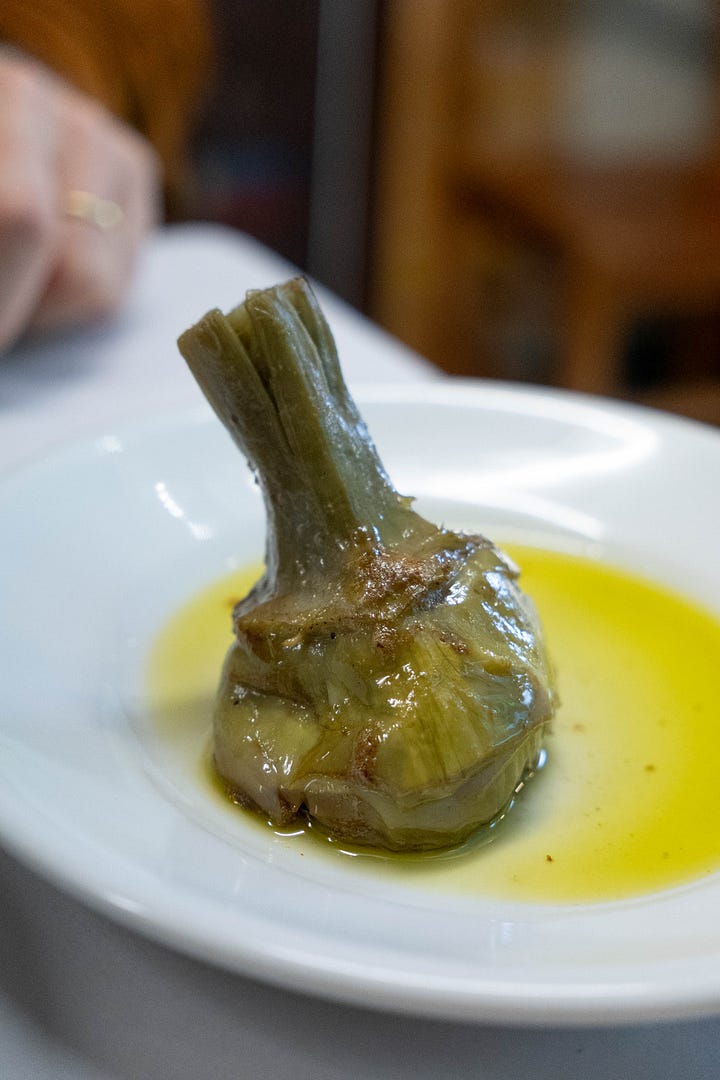
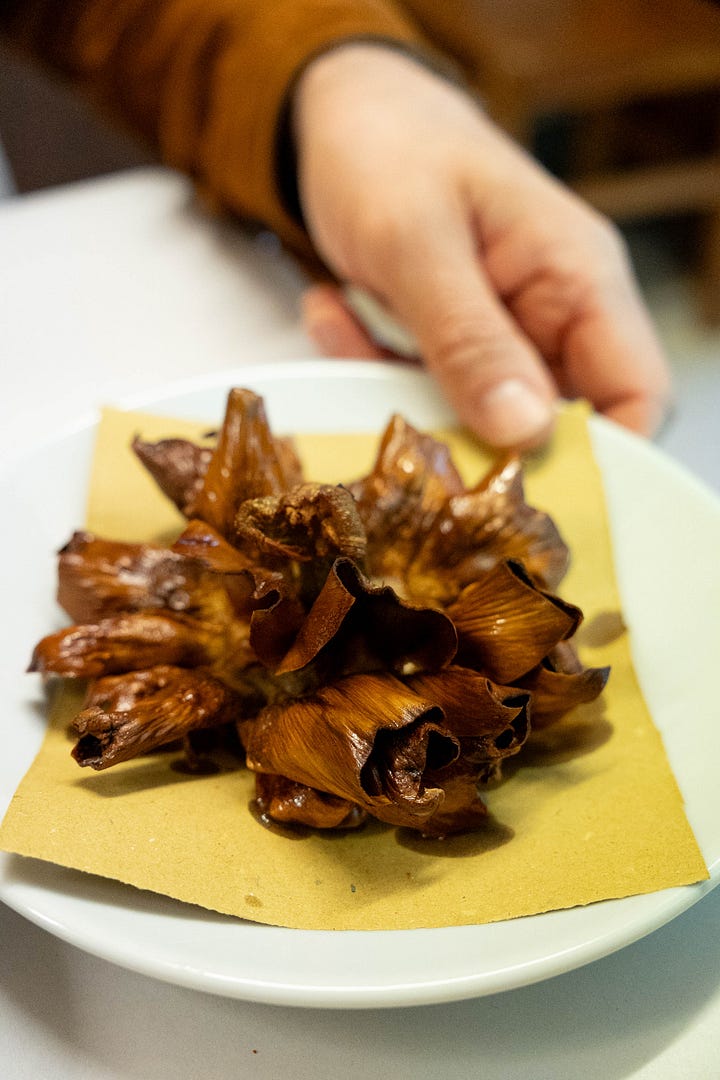
Carciofi alla Romana on the left; alla Giudia on the right Puntarelle (bitter curly chicory shoots)
Supplì
this is the Roman version of the Sicilian Arancini. There are differences, of course (supplì are more oblonged in shape, and the fillings are different), but you get the gist. A popular street food to try on the go.Pasta all’Amatriciana
Although originally from Amatrice, a town two hours north of Rome, this is a popular dish to find in Rome, and probably one of the most famous types of sauces to make it out of Italy. Mind you, the real Amatriciana is made with Guanciale, not bacon (the fatty cheek of the pork) and Pecorino, not Parmigiano. This is exactly the type of information that will earn you several brownie points amongst the locals.
Pasta alla Carbonara
Similar to Amatriciana (in that it too has guanciale and pecorino), but swap the tomato sauce for a creamy egg sauce. Notoriously tricky to make (and to digest), but utterly divine when done properly.
Fun fact! Legend has it that dish dish was created after the second world war to appease the palate of American troops, who were missing their morning bacon & eggs.
Pasta alla Gricia
Gricia is what you are left with if you take a Amatriciana or Carbonara and take the tomato/eggs out of the equation. The creaminess comes from the expert mantecatura of the Pecorino.
Rigatoni con Pajata
Now this pasta is not for the faint of heart! Another typical Roman-jewish dish, it is closely connected to the concept if Quinto Quarto – the use of offals and less prestigious cuts of meat in the popular cuisine. I’ll spare you what Pajata is, you’ll have to google it!Cicoria ripassata (Sautéed chicory with garlic, olive oil, and chilli)
Concia di Zucchine
Another typical Roman-jewish dish consisting of thinly sliced fried courgettes dressed with garlic, vinegar, oil and mint.Saltimbocca alla romana (Veal cutlets wrapped in prosciutto and sage, cooked in white wine)
Baccalà (salt cod fish). Although not unique to the Roman cuisine (it is also a cornerstone of the Venetian tradition), it is common to find Baccalà in many traditional restaurants, either fried or alla Romana
Maritozzi (sweet bun filled with whipped cream)
My friend Samara (who kindly lent me this picture above) has mastered the art of making Maritozzi. You can find her recipe here.
Where to eat in Rome
Like most big, touristy Italian cities (hello, Venice!) finding truly authentic spots where you are not going to be ripped off for some half-de-frosted lasagna can be a bit of a mind field. Now that you are familiar with the dishes to look out for, I’ll tell you exactly where you should be going to sample them.
This part is reserved for my paying subscribers. If you are not already one of them, perhaps this is your time to consider upgrading your membership. Each subscription allows me to pour so much time into my carefully curated guides! And if you can’t be tempted today, a simple like and share would still go a long way. Thank you for your support!






